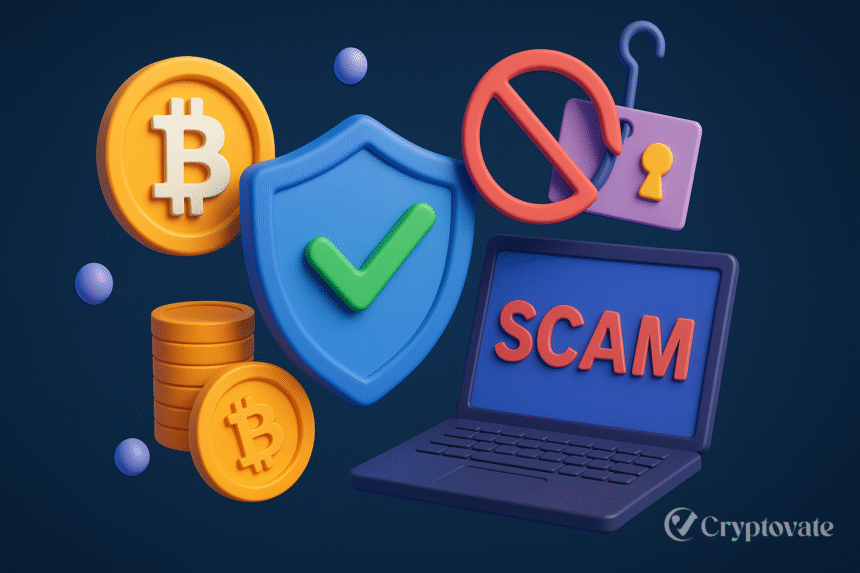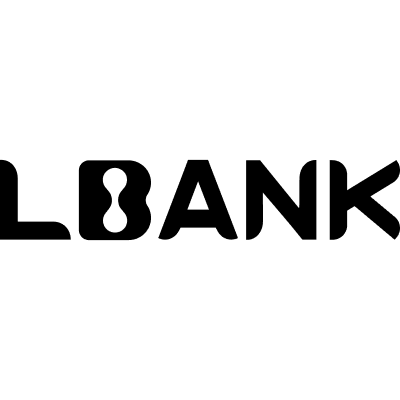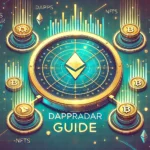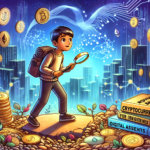– Ad –
| Getting your Trinity Audio player ready... |
The cryptocurrency world offers exciting opportunities in DeFi, NFTs, and GameFi, but it’s also a breeding ground for scams. In 2025, as crypto adoption surges—projected to reach 1 billion users by 2030, per Statista—so does the sophistication of fraudsters targeting unsuspecting users. From phishing attacks mimicking trusted platforms to rug pulls in hyped-up NFT projects, scammers exploit the decentralized and pseudonymous nature of blockchain. This guide provides practical, easy-to-follow steps to protect your assets, ensuring you can explore blockchain safely while navigating DeFi protocols, trading NFTs, or earning in GameFi ecosystems.
Why Crypto Scams Are a Growing Threat
The crypto market’s decentralized structure empowers users but lacks traditional oversight, creating vulnerabilities. According to Chainalysis, over $3.7 billion was lost to crypto scams in 2022, and with the rise of metaverse and AI-driven fraud, 2025 is seeing even more advanced threats. Whether you’re staking in DeFi, collecting NFTs, or playing GameFi titles like Axie Infinity, understanding these risks is essential to safeguarding your investments.
Common Crypto Scams to Watch For in 2025
Here are the most prevalent scams, their warning signs, and how to avoid them:
1. Phishing Attacks
Phishers impersonate trusted platforms like MetaMask or Uniswap, tricking users into revealing private keys or seed phrases via fake websites, emails, or social media. For instance, a fraudulent email claiming your wallet is “at risk” may lead to a malicious login page.
- Red Flags: Unsolicited messages, misspelled URLs (e.g., “metamaks.io” instead of “metamask.io”), or urgent calls to “secure your wallet.”
- How to Avoid: Double-check URLs, enable two-factor authentication (2FA), and never share your seed phrase. Use browser extensions like ClearURLs to avoid phishing redirects.
2. Rug Pulls
Rug pulls occur when developers hype a project—often a new DeFi token or NFT collection—collect funds, and then abandon it, leaving investors with worthless assets. The 2021 Squid Game token scam, which defrauded users of $3.38 million, is a notorious example.
- Red Flags: Anonymous teams, promises of “guaranteed” high returns, or unverified smart contracts.
- How to Avoid: Research the team’s credentials on LinkedIn or GitHub, verify smart contract audits via CertiK or ConsenSys, and ensure liquidity is locked on platforms like Team.Finance.
3. Fake NFT Projects and Marketplaces
Scammers create counterfeit NFT collections or fake marketplaces mimicking OpenSea or Rarible, leading buyers to purchase worthless tokens or lose funds entirely.
- Red Flags: Unverified sellers, prices too good to be true, or projects absent from reputable platforms.
- How to Avoid: Only buy from verified marketplaces, check the creator’s blockchain history on Etherscan, and use tools like Rarity.tools to confirm project legitimacy.
4. Ponzi and Pyramid Schemes
These schemes promise high returns for recruiting others or investing in “revolutionary” projects, often disguised as DeFi yield farms or GameFi opportunities. They collapse when new investments stop.
- Red Flags: Guaranteed profits, multi-level marketing structures, or vague project details.
- How to Avoid: Scrutinize whitepapers for clear tokenomics, avoid projects pushing recruitment, and check for sustainable revenue models.
5. Fake Giveaways and Airdrops
Fraudsters pose as influencers or projects, offering free crypto or NFTs if you send tokens first or connect your wallet to a malicious site.
- Red Flags: Requests to send crypto upfront, unverified social media accounts, or links to unfamiliar websites.
- How to Avoid: Verify giveaways through official project websites or verified social channels, and never send crypto to claim rewards.
Also Read: Zero-Value Trap: The $2.6M Stablecoin Scam Shaking the Crypto World
Practical Tips to Stay Safe in the Crypto Space
Protect your funds and data with these actionable steps:
- Secure Your Wallet: Use trusted wallets like MetaMask, Phantom, or Ledger. Store seed phrases offline (e.g., on paper in a safe) and enable 2FA on all accounts.
- Verify Project Legitimacy: Research teams, check for audited smart contracts on platforms like CertiK, and join active communities on Discord or Telegram to gauge credibility.
- Use Trusted Platforms: Trade on established exchanges (e.g., Binance, Coinbase) and marketplaces (e.g., OpenSea, Magic Eden). Avoid unverified dApps.
- Enable Wallet Security Tools: Use wallet trackers like Zerion to monitor suspicious transactions and revoke approvals for risky dApps via tools like Revoke.cash.
- Stay Educated: Follow reputable sources like CoinDesk, CoinGecko, or Chainalysis for updates on scams and market trends. Join crypto communities to learn from experienced users.
- Test with Small Amounts: Before committing significant funds to a DeFi protocol or GameFi project, test it with a small transaction to ensure it functions as expected.
Emerging Scam Trends in 2025
Scammers are leveraging new technologies and trends. Stay alert for:
- Metaverse Scams: Fake virtual land sales or tokens for nonexistent metaverse projects, like fraudulent Decentraland parcels. Always verify land ownership on blockchain explorers.
- AI-Driven Scams: Deepfake videos or AI chatbots impersonating influencers, tricking users into sending crypto. Cross-check identities via official channels.
- GameFi Exploits: Scams targeting play-to-earn games, such as fake in-game NFTs or phishing links in game communities. Only interact with verified game marketplaces.
- Cross-Chain Bridge Scams: Fraudulent bridges promising to transfer assets between blockchains (e.g., Ethereum to Solana) but stealing funds. Use established bridges like Wormhole or LayerZero.
What to Do If You Fall Victim to a Scam
If you suspect you’ve been scammed:
- Act Quickly: Disconnect your wallet from suspicious dApps using tools like Revoke.cash and transfer remaining funds to a new wallet.
- Report the Scam: Notify platforms like OpenSea, Uniswap, or Etherscan, and file a report with authorities (e.g., FBI’s IC3 in the US or Action Fraud in the UK).
- Track Transactions: Use blockchain explorers like Etherscan or Solscan to trace stolen funds, though recovery is unlikely due to blockchain’s irreversibility.
- Warn Others: Share your experience on community forums or social platforms to prevent further victims, while avoiding sharing sensitive details.
- Seek Professional Help: Consult crypto recovery services like CipherBlade, though success rates are low and costs can be high.
Stay Vigilant, Stay Safe
The crypto world is brimming with potential, from DeFi’s yield opportunities to GameFi’s play-to-earn rewards and NFT-driven digital ownership. However, scams remain a significant risk. By staying informed, verifying projects, and adopting secure practices, you can confidently navigate the blockchain space. Always prioritize due diligence, and let caution guide your crypto journey.
FAQs
How can I tell if an NFT project is legitimate?
Ensure smart contracts are verified, the team is open with identifiable profiles, and the community is actively engaged. Use tools like Rarity.tools or Etherscan to confirm authenticity.
What should I do if I receive a suspicious crypto email?
Avoid clicking links or sharing wallet details. Verify the sender’s email against the official project website and report it as spam or phishing.
Are all high-return DeFi projects scams?
Not necessarily, but guaranteed high returns are a red flag. Research tokenomics, smart contract audits, and team credibility to assess legitimacy.
Can I recover funds lost to a crypto scam?
Recovery is challenging due to blockchain’s irreversible nature. Notify authorities and platforms about scams, but prioritize preventive measures to protect against future losses.

















